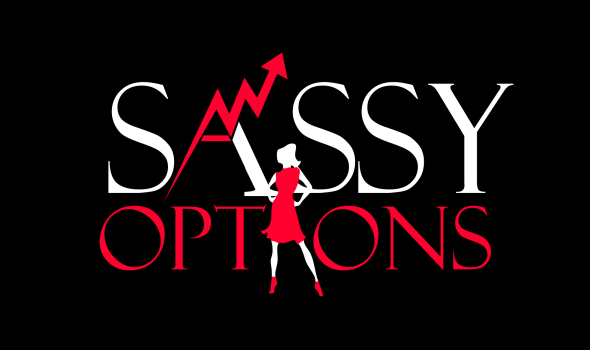How One Strike Can Act as a Magnet During Option Expiration – TWTR
On Thursday evening of last week (December 19th), I posted this regarding SPY’s open interest along with the graph below:
SPY closed Friday at 181.56.
I thought this would be a good time to try to explain when a large strike could become a magnet for a stock or ETF. I’m going to use last weeks open interest in TWTR as an example instead of SPY because going ex-dividend complicates it a bit. First of all, I want to emphasize that I did not come to that conclusion solely by looking at the open interest. I view open interest as one piece of a puzzle that I am putting together to try to find the best risk/reward for a particular trade. Second, because several variables go into each conclusion I come to, no one explanation can cover them all. Regardless, I hope the following example helps glean some insight. I will start off with a very simplified explanation. When one strike has an overwhelming number of open interest in comparison to any other strike and it’s in the direction of the current trend there is a tendency for that strike to act as a magnet.
Example:
Last week this is what TWTR’s open interest looked like prior to Monday morning and my note in my weekend blog:
TWTR: I gave you plenty of heads up to get bullish TWTR. For next week, I honestly don’t know what to expect. The obvious presumption is that it will stay range bound around 60 and consolidate, but here is my pro-tip….buy the dips!
After a parabolic move up and closing at 59 the previous Friday, I think most traders could presume some sort of consolidation would take place. Without having to know what TWTR would do you can let the week unfold, gauge the price action, and keep the open interest in mind until you see a good risk/reward set up. If on Monday TWTR had opened strong and pushed through 60 on good volume, closing strongly above it, then by Tuesday morning you would have likely seen less 60 calls (as some would have taken profits) and additional calls on further out strikes changing the above graph. If, instead, TWTR had a huge drop down on high volume, engulfing all of Friday and closing on the dead lows, then you could probably surmise that those 60’s would not stand a chance. What we did get was an inside day Monday, followed by two down days, never taking back the move from the previous week or closing on the dead lows (see chart below). So the middle of the week became a bit tougher to gauge with not much of a set-up except for scalps. Of note, the open interest didn’t change much throughout the week. Once TWTR started moving back up on the heels of market strength Thursday, then by putting things together you could make the case for a potential move to 60. First, there was a highly accommodative market. Second, TWTR was a hot stock with many wanting to ride the trend they missed the first time. Third, the recent pick up in volume showed signs of accumulation. And fourth, there was still that massive open interest at the 60 strike where TWTR had gotten very close to only to fail the week before. So putting all that together on Thursday, you could have formulated a plan on getting in and potentially riding it to 60, with a stop at the day’s lows.
TWTR did in fact close Friday at $60.01.
This goes without saying, but I’m going to say it anyway….it doesn’t always work out this way. The best you can do is put the risk/reward in your favor based on all the information you have available to you. Hope that helps.
You may also be interested in reading:
How Options May Have Contributed to Thursday’s Sell-Off (explaining how many strikes can lead to delta hedging and a larger move)
Where the pin strikes (explaining how to determine a range for pinning using open interest)





I follow your blog and twitter and find them very informative. Thank you for sharing your views.
Now given the ‘Pinning Down’ factor during options expiry, if buying options would it be better to buy non round number options – for example $57 or $58 for twitter as I notice most of the times the round numbers have the highest OI.
Yes, probably better to go to a different strike than where everyone else goes.